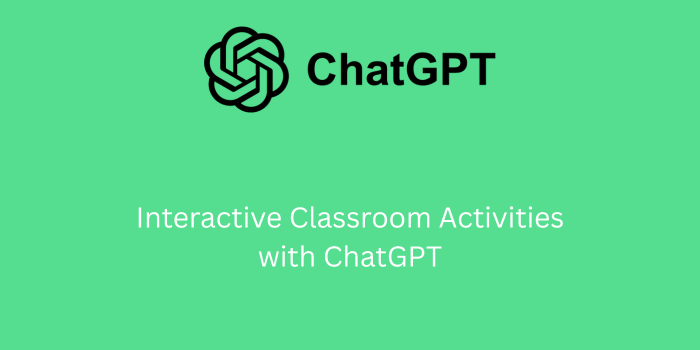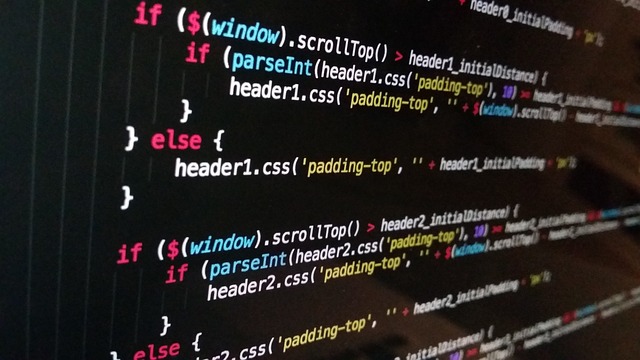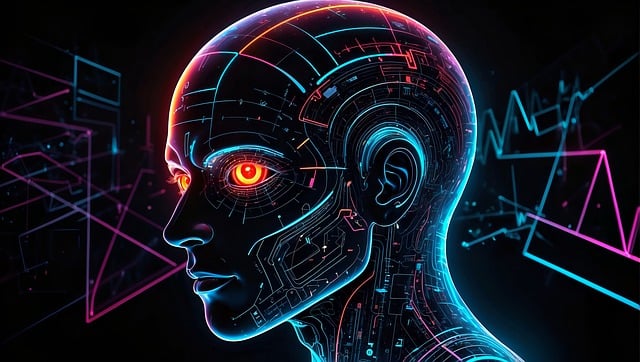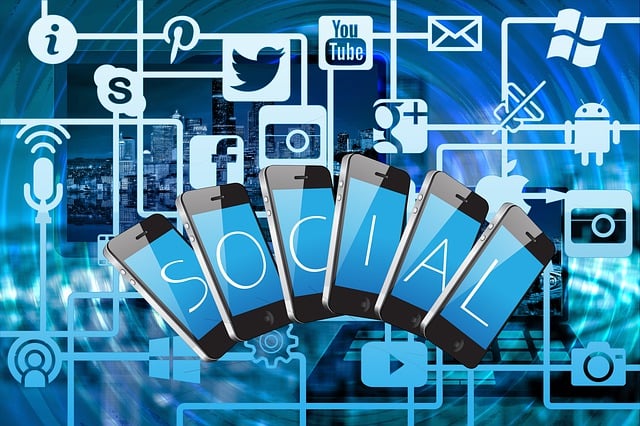In the ever-evolving world of education, technology plays a pivotal role in transforming how students learn and engage in the classroom. One such transformative technology is ChatGPT, an advanced language model powered by artificial intelligence. In this article, we will explore how ChatGPT can be used to design interactive classroom activities that promote active learning, critical thinking, and student engagement. From brainstorming ideas to interactive quizzes, ChatGPT offers a multitude of teaching possibilities that can enrich the learning experience.
1. What is ChatGPT?
ChatGPT is an advanced natural language processing model developed by OpenAI. This AI-powered tool is capable of understanding and generating human-like text responses based on the input it receives. It has been widely adopted across various industries, and its applications in education are nothing short of revolutionary.
By leveraging ChatGPT in the classroom, teachers can provide personalized learning experiences, create interactive activities, and foster a more engaging learning environment.
2. Why Use ChatGPT for Interactive Classroom Activities?
ChatGPT offers several key benefits for the classroom environment:
- Personalized Learning: ChatGPT can adapt to the unique needs of each student, offering tailored assistance, explanations, and activities.
- Instant Feedback: Students receive immediate feedback on their responses, which helps reinforce learning in real-time.
- Enhanced Engagement: By integrating AI-powered activities, students are more likely to stay engaged and excited about the learning process.
- Encourages Critical Thinking: ChatGPT can prompt students with thought-provoking questions and scenarios, helping them develop critical thinking and problem-solving skills.
3. Top Interactive Classroom Activities with ChatGPT
Here are several engaging activities you can introduce into your classroom using ChatGPT. These interactive tasks aim to enhance student learning and foster creativity. By incorporating AI into everyday lessons, you can offer personalized learning experiences tailored to each student’s needs.
From brainstorming sessions to creative writing prompts, ChatGPT can guide students through diverse activities. The tool also helps facilitate discussions and debates, pushing students to think critically and engage with content on a deeper level.
Additionally, ChatGPT can generate interactive quizzes and personalized assessments, making learning both fun and effective. These activities promote real-time feedback, allowing students to track their progress while refining their knowledge and skills.
3.1 Brainstorming Ideas with ChatGPT
Brainstorming is a key activity that helps students generate creative ideas and solutions. ChatGPT can act as a collaborative brainstorming partner, prompting students with questions and suggestions to explore different angles of a topic.
For instance, if students are working on a project about climate change, ChatGPT can provide various perspectives on the issue, such as technological, economic, and social implications. This encourages students to think outside the box and consider diverse viewpoints.
3.2 Interactive Quizzes and Assessments
Quizzes are a classic method for gauging student understanding, but using ChatGPT, quizzes can be transformed into interactive experiences. ChatGPT can generate personalized quizzes based on the lesson content and adjust the difficulty based on the student’s performance.
Additionally, the AI can provide instant feedback, explaining why a particular answer is correct or incorrect, thus promoting deeper understanding.
3.3 Role-Playing and Simulation Games
ChatGPT can be used to simulate real-life scenarios, offering students an immersive role-playing experience. For example, in a history lesson, students can assume the roles of historical figures and engage in debates or dialogues facilitated by ChatGPT.
In a science class, ChatGPT can simulate scientific experiments and allow students to hypothesize outcomes and draw conclusions in a virtual lab environment. These simulations foster creativity, communication skills, and problem-solving abilities.
3.4 Creative Writing Prompts
Creative writing is a fantastic way to help students improve their writing and imagination. ChatGPT can assist students by generating unique writing prompts that encourage them to write stories, essays, or poems.
The AI can also provide suggestions for plot twists, character development, and narrative techniques, which helps students refine their writing skills and think critically about their creative process.
3.5 Language Learning and Vocabulary Building
For language learners, ChatGPT can be an invaluable tool in enhancing vocabulary and grammar skills.
It can generate dialogues, quizzes, and conversation exercises tailored to the learner’s level.
Additionally, ChatGPT can provide instant translations, synonyms, and definitions, making it easier for students to understand and retain new words and phrases.
3.6 Collaborative Projects and Group Discussions
Group projects are an excellent way to foster teamwork and collaborative learning. ChatGPT can facilitate group discussions by offering prompts, posing questions, and providing resources.
Students can use ChatGPT to gather information for research projects, create presentations, or brainstorm ideas. The AI’s ability to synthesize information quickly ensures that students have access to accurate and relevant content, promoting efficient group work.
3.7 Gamification with ChatGPT
Gamification is a powerful tool to increase student engagement and motivation. ChatGPT can be used to design educational games that incorporate both learning objectives and fun challenges.
For instance, teachers can create trivia games, escape room puzzles, or story-driven quests where students must solve problems and answer questions to progress. By incorporating ChatGPT into these games, students can enjoy a more interactive and enjoyable learning experience.
4. How ChatGPT Enhances Teacher Efficiency
In addition to benefiting students, ChatGPT can also significantly improve teacher efficiency. Here’s how:
- Time-Saving: ChatGPT can help teachers automate repetitive tasks like grading quizzes, creating lesson plans, and preparing educational materials.
- Content Creation: Teachers can use ChatGPT to quickly generate lesson outlines, instructional guides, and interactive exercises, saving valuable time and energy.
- Instant Resource Access: ChatGPT can provide teachers with a wealth of resources on any topic, including articles, videos, lesson ideas, and teaching strategies.
5. Challenges and Considerations of Using ChatGPT in the Classroom
While ChatGPT presents numerous opportunities for enhancing education, there are some challenges to consider:
- Dependence on Technology: Over-reliance on AI tools could hinder students’ development of critical thinking and independent research skills.
- Accuracy of Information: While ChatGPT is highly capable, it may occasionally provide inaccurate or incomplete information. Teachers must verify the content provided by the AI.
- Privacy and Data Security: Schools must ensure that they are using AI tools that comply with privacy regulations and safeguard students’ personal data.
6. Conclusion: The Future of AI in the Classroom
ChatGPT has the potential to revolutionize the classroom by making learning more interactive, engaging, and personalized. Whether it’s through creative writing prompts, interactive quizzes, or AI-powered simulations, ChatGPT empowers both students and teachers to achieve more. As AI technology continues to evolve, the role of ChatGPT and similar tools in the classroom will only expand, offering even more exciting opportunities for educational innovation.






